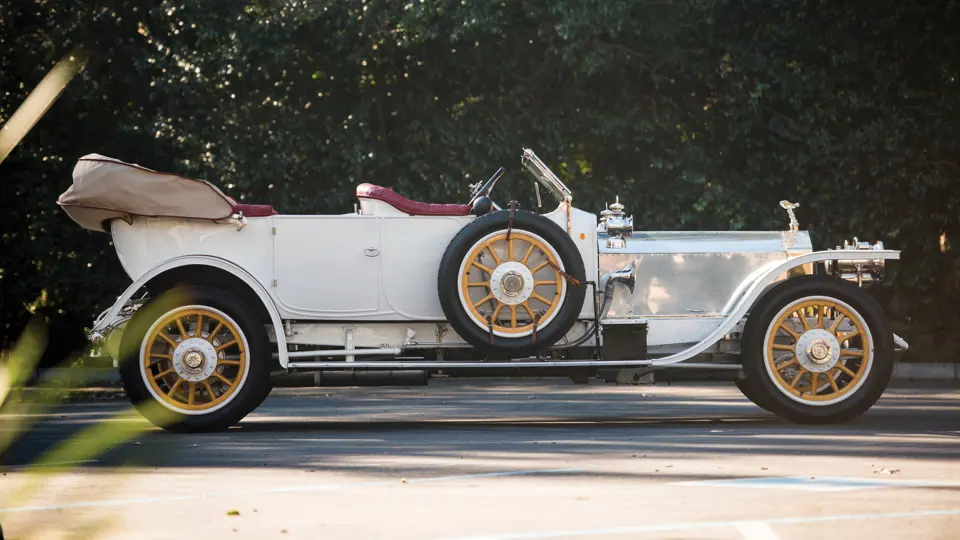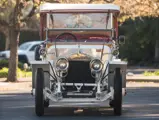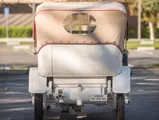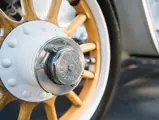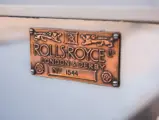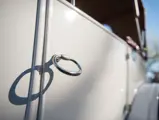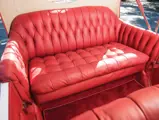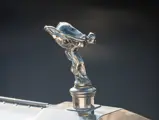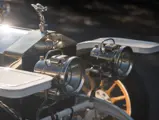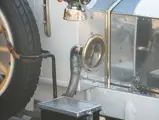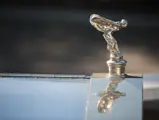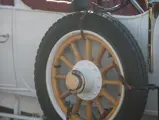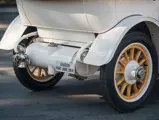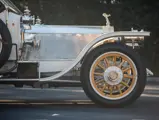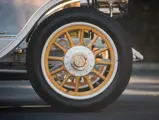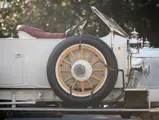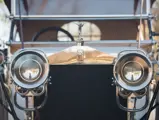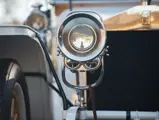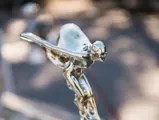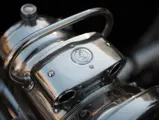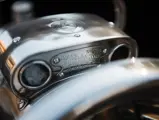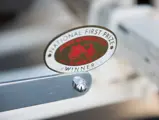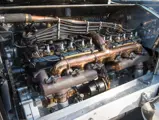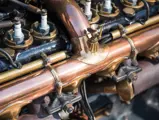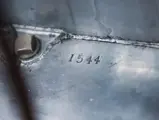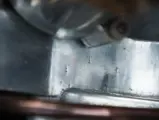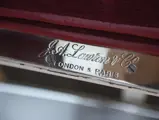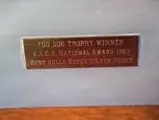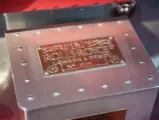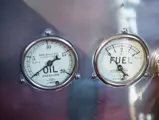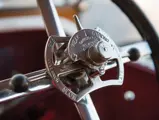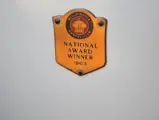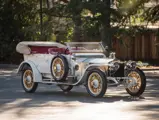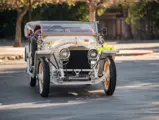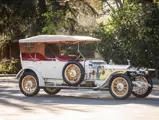
1911 Rolls-Royce 40/50 HP Silver Ghost Tourer by Lawton
{{lr.item.text}}
$2,500,000 - $3,500,000 USD | Not Sold
{{bidding.lot.reserveStatusFormatted}}
- An extraordinary “parallel bonnet” Silver Ghost
- Exceptional purity, including original chassis, engine, and body
- Formerly of the Dr. Samuel Scher, Harry Resnick, and Craven Foundation collections
- Documented and pictured in John Fasal’s The Edwardian Rolls-Royce
- Offered from over two decades of ownership
- One of the most significant Silver Ghosts offered in recent memory
48 bhp, 7,248 cc side-valve six-cylinder engine cast in pairs, three-speed manual transmission, front semi-elliptic leaf-spring suspension, rear three-quarter-elliptic leaf-spring suspension, and foot-actuated transmission-mounted service brake with hand-operated two-wheel drum brakes. Wheelbase: 143.5 in.
The most desirable of the Rolls-Royce 40/50 HP Silver Ghosts are the early “parallel bonnet” models, those produced between the start of production in 1907 and 1915. Named for the distinctive design of their front ends, these cars are unparalleled in their opulence, elegance, and Swiss watch–like craftsmanship. Unfortunately, they also tended to carry several bodies over their long lifetimes, and few survive today in virtually unmolested condition, as they were first built for their original owners.
Fortunately, the history of these “parallel bonnet” Silver Ghosts have been thoroughly traced, tracked, and documented by historians, not least among these the respected John Fasal, who lists all known cars and their histories in his two-volume book, The Edwardian Rolls-Royce. It is easy, therefore, to check and confirm the provenance of virtually any Edwardian Rolls.
The car here, chassis number 1544, is listed by Mr. Fasal as having been “on test” on February 27, 1911, equipped with engine number 45S; build records, copies of which are on file, further detail the fitment of Rudge-Whitworth detachable wooden rims and nickel trim, both of which are still present today. It was subsequently delivered through dealer A.B. Wardman, the name listed on its build records, to A. Harrison of Frodsham. With no coachbuilder listed on the build records, Mr. Harrison likely commissioned the bodywork from Lawton himself. A handsome low-doored tourer of what was, for the time, very clean and modern design, the car is distinguished by doors for both the front and rear passengers, versus the open front roi des Belges style then enjoying popularity. It was likely intended to be driven, at least part of the time, by the owner, and it was something of a sporty design for the period.
Subsequent owners of the car are recorded by Mr. Fasal as J. Evans of Southport and then, in 1919, Sir John Wormald, KBE, of Berkshire, an executive at a firm that was a pioneer in the manufacturing of fire sprinklers. Following World War II, it passed into the ownership of S.J. Skinner of Basingstroke, who paid £27.10 for the well-preserved Silver Ghost “because I fell in love with the lamps.” G. Frank of Little Wenlock, Shropshire, followed, and then R.H. Stothart of Myddleton became the next owner in 1959 and owned the car for what appears to be only a brief period of time.
In 1960, the car was purchased, via Jack Humphries of Birmingham, by Dr. Samuel Scher of New York City. Dr. Scher’s name is one that, to the knowledgeable enthusiast, needs no introduction. By vocation the city’s foremost plastic surgeon, he spent his off hours as a gentleman sportsman of some renown, who owned and drove the fastest modern sports cars and collected the finest automobiles of the Brass and Classic Eras. Dr. Scher was one of the first collectors to have his cars authentically restored, and they were frequent award winners in national competition during the early years of “the hobby.” In particular, he was a devotee of Rolls-Royce and owned many fine examples over the years, few finer than chassis 1544.
Dr. Scher’s appreciation for this car is evident in the degree to which he restored it. No Yankee craftsman was suitable for the treasure; instead, it was crated and shipped back home. There, in the workshops of famed London dealers Jack Barclay, the Silver Ghost was painstakingly disassembled down to its last nut and bolt. Copies of articles from The Flying Lady, which chronicled the progress and completion of the restoration, note that the car as-purchased was “largely complete” and show the level of detail attended to in the work. The only major component of the car replaced during the restoration work were the fenders, which were remade from scratch, the original units being used on chassis number 1298, also being restored at the same time. The original Lawton bodywork was refinished by a former coachbuilder using brushed-on lacquer! Restoration work was supervised by Harry Fergusson Wood, longtime head of the Barclay service depot and a renowned name among Rolls-Royce enthusiasts.
With the restoration work completed, the spectacular Silver Ghost returned to the United States, where it won an AACA National First Prize, followed by that organization’s national Foo Dog Trophy for Best Rolls-Royce, both in 1963. That same year, it was judged in Rolls-Royce Owners Club competition at the national meet in Williamsburg, Virginia, where it was awarded the Rolls-Royce Trophy for Best of Show. Features of the car are rhapsodized over in The Flying Lady with regard to its level of fit and finish, including the unusual matching pair of Lucas tail lamps and the rare original Rudge-Whitworth wheels.
Chassis number 1544 remained a centerpiece of the Scher stable until 1969 and was then sold to another well-known collector, Harry Resnick, joining his own fabulous Rolls-Royce collection—the finest in the U.S. at the time—at the Ellenville Motor Museum in New York. Later in the 1970s, it was sold by Mr. Resnick to the Craven Foundation of Oshawa, Ontario, at the time considered the Northern equivalent to Harrah’s Automobile Collection for the quality of its restored automobiles. While owned by the Craven Foundation, the car was exhibited at a Rolls-Royce Enthusiasts Club rally in Mississauga, Ontario.
When the Craven Foundation was liquidated in 1986, the car was passed to a well-known California collection; in this care, it was refinished in its present shade of cream, with the polished aluminum bonnet of the Scher restoration retained. It was acquired by the present owner several years later and has resided in his own stable for over two decades.
Today, inspection of the car shows that it retains its original engine, stamped 45S; the suffix is never recorded in Rolls-Royce build sheets and can only be confirmed by looking at the car, and Mr. Fasal verifies that this unit is the correct engine to this car. In addition, the crankcase is properly stamped with the car’s serial number, 1544, which is also confirmed by Mr. Fasal as being an original feature.
In summary, the well-known and thoroughly documented provenance, restoration, and show history of this Silver Ghost confirm it to be nothing less than one of the most “pure,” authentic, and original examples of the early “parallel bonnet” model surviving. Reportedly around 20 of these cars survive with original body, engine, and chassis, and fewer still are open touring models, the most desirable configuration. They are seldom ever offered publicly, and the opportunity to purchase one at public auction is rare, indeed. The result is an extraordinary opportunity for a new owner to acquire what is truly one of the best examples of The Best Car in the World.




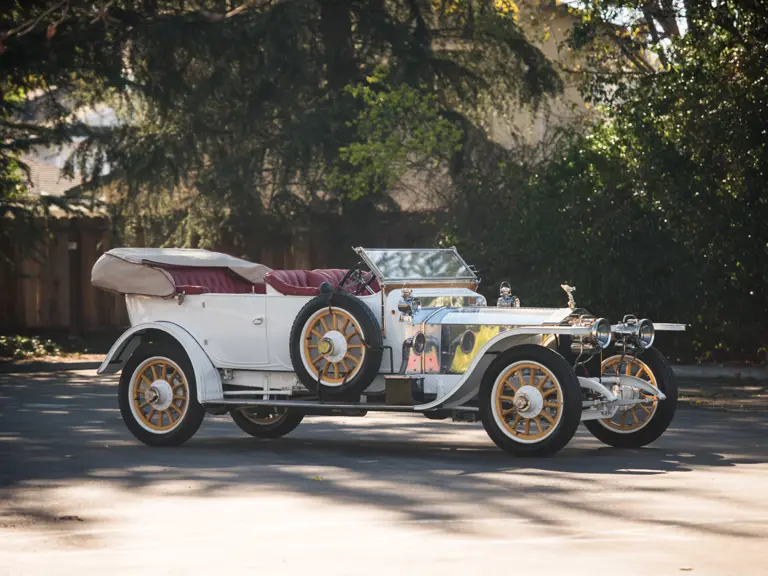
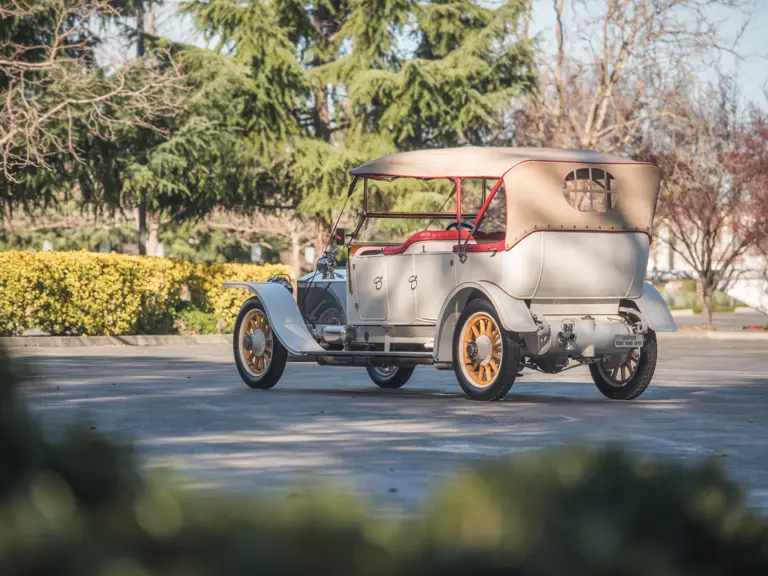

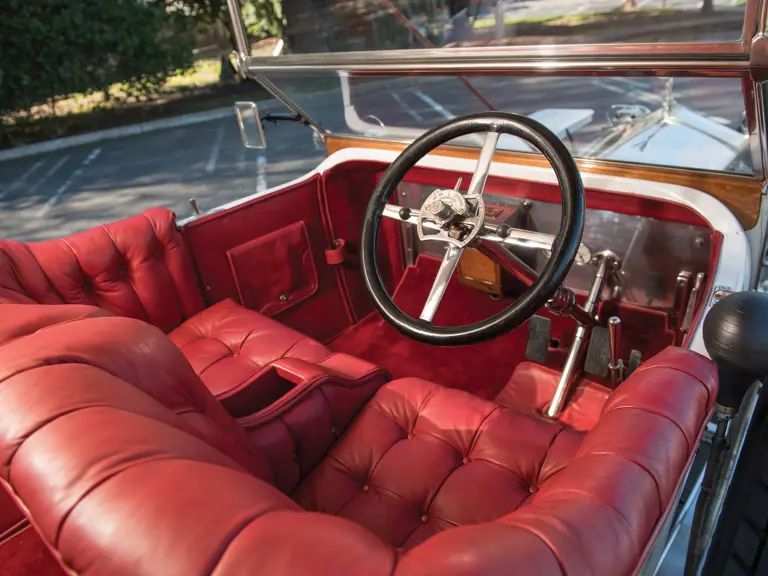
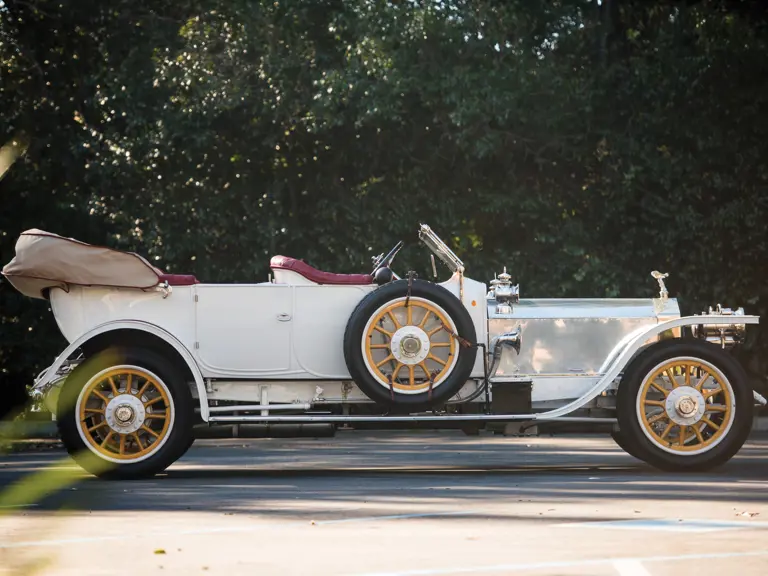
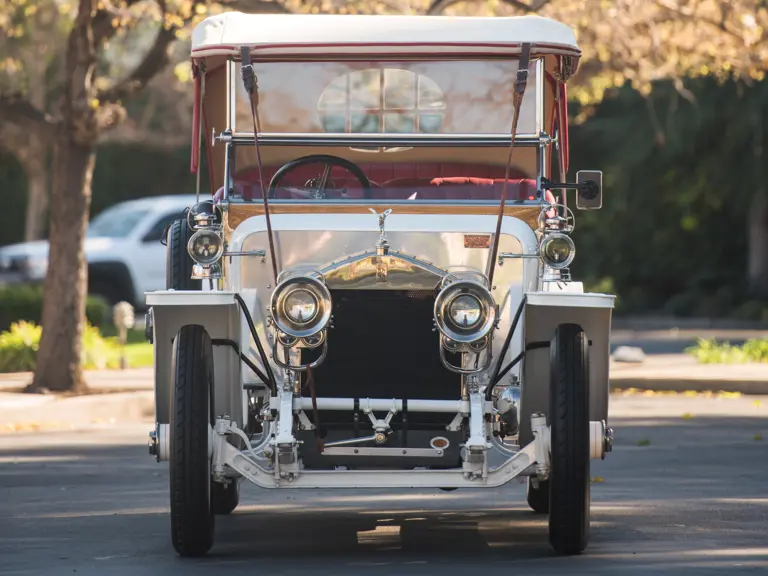
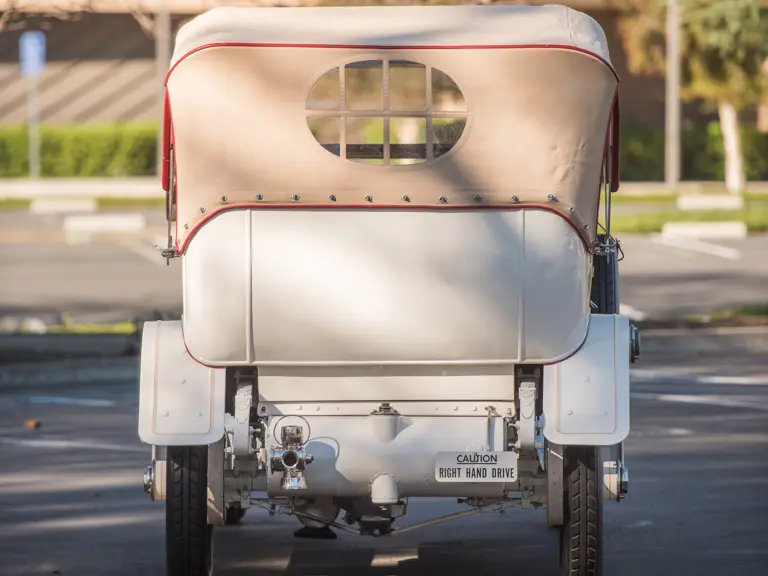
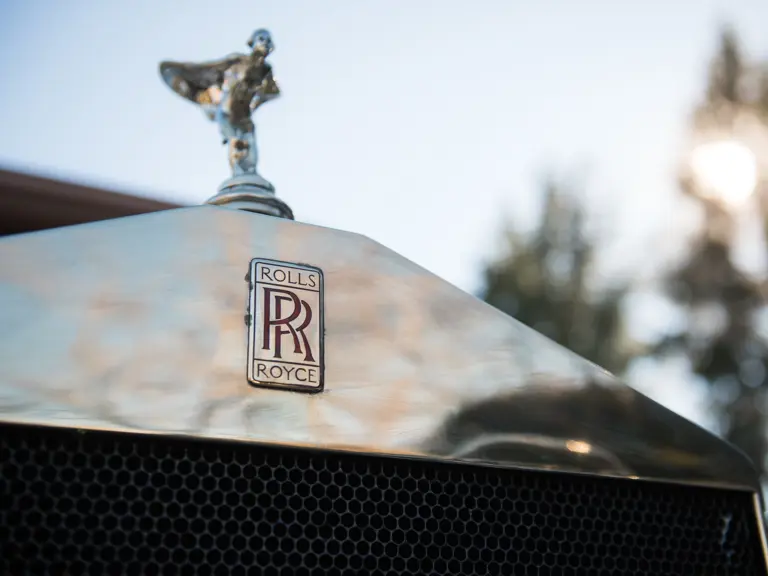
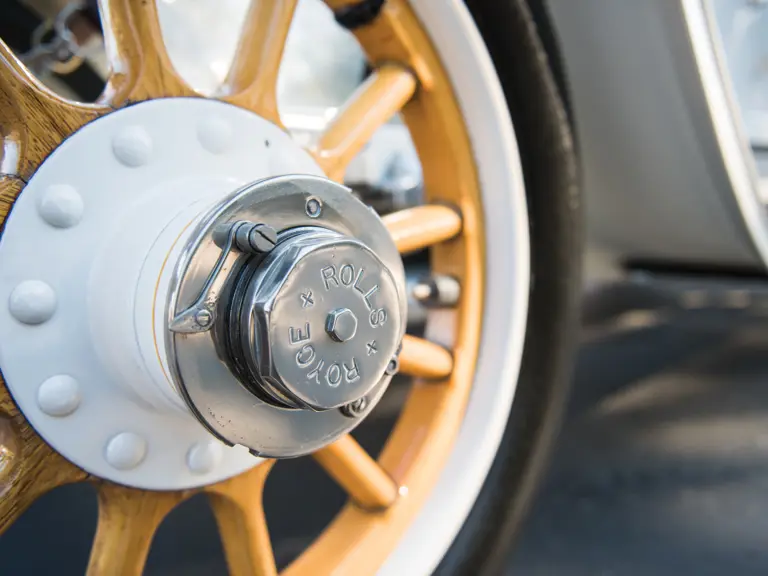
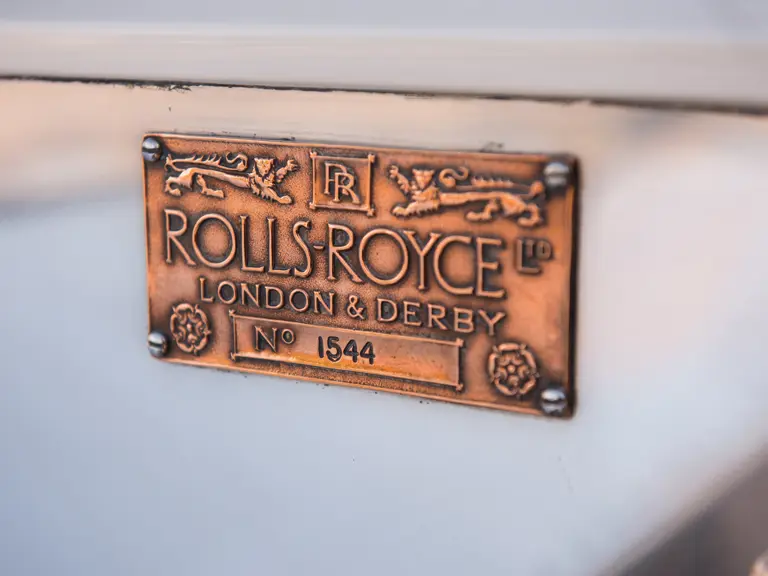
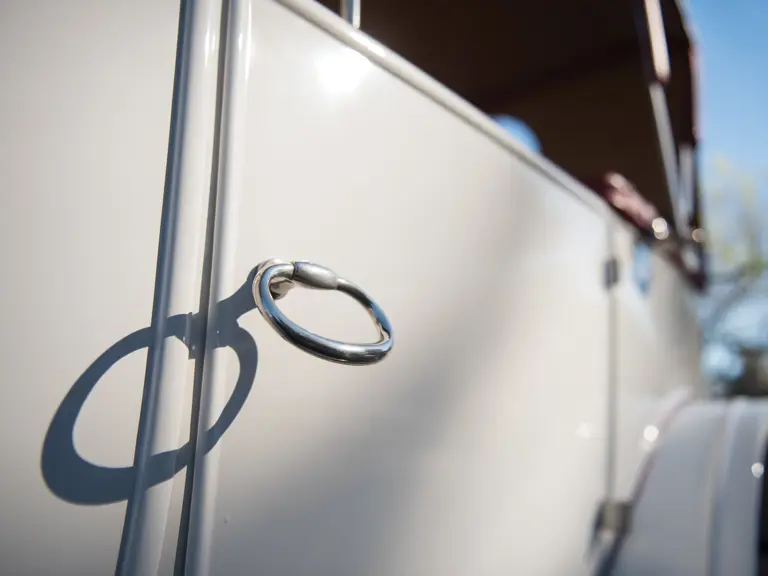
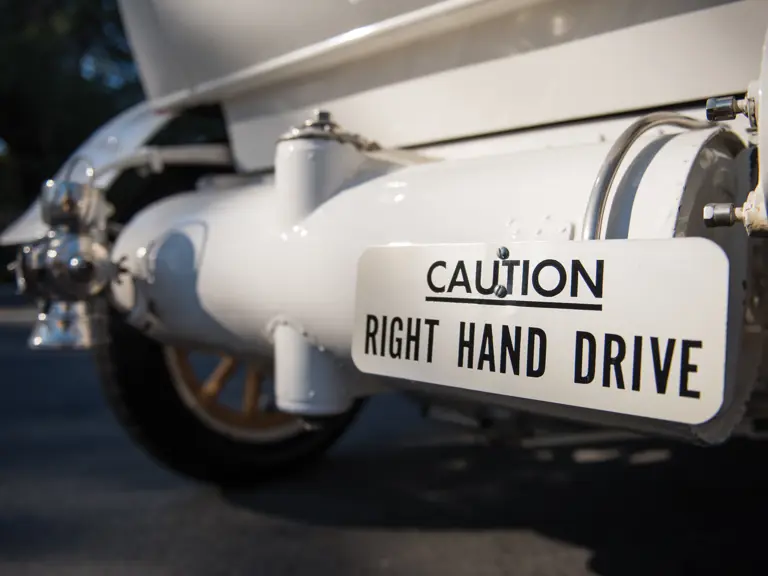


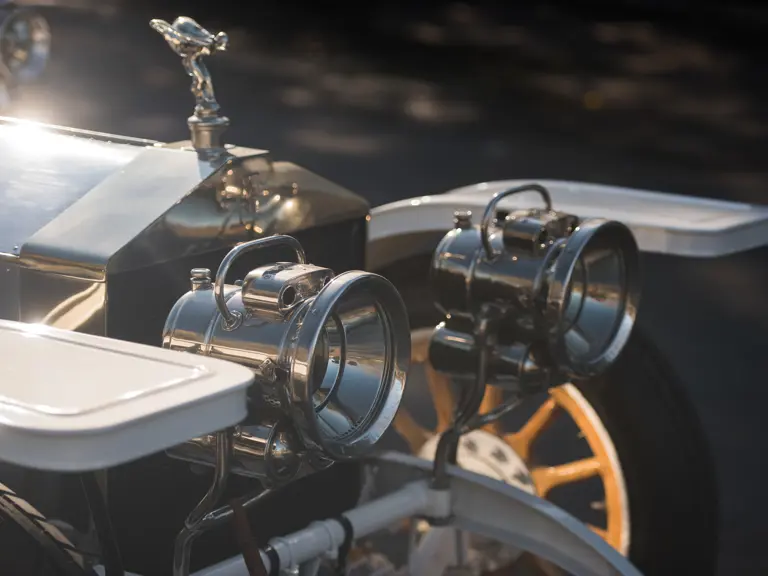
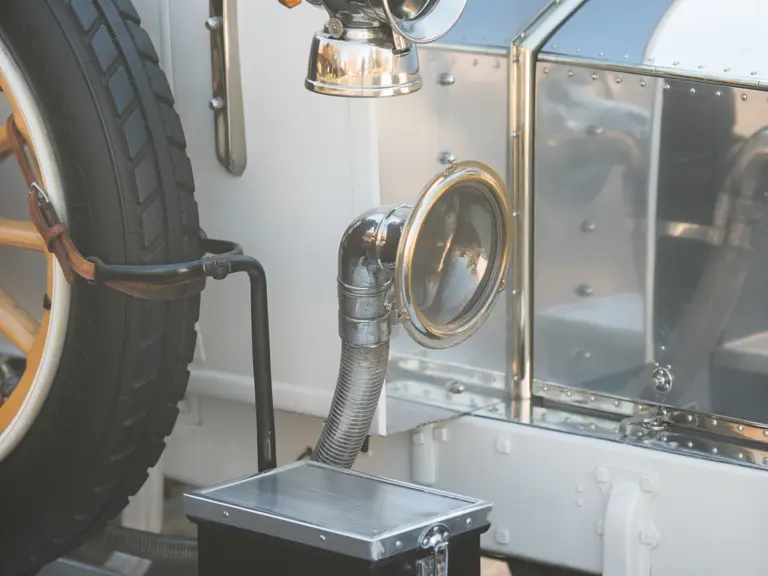

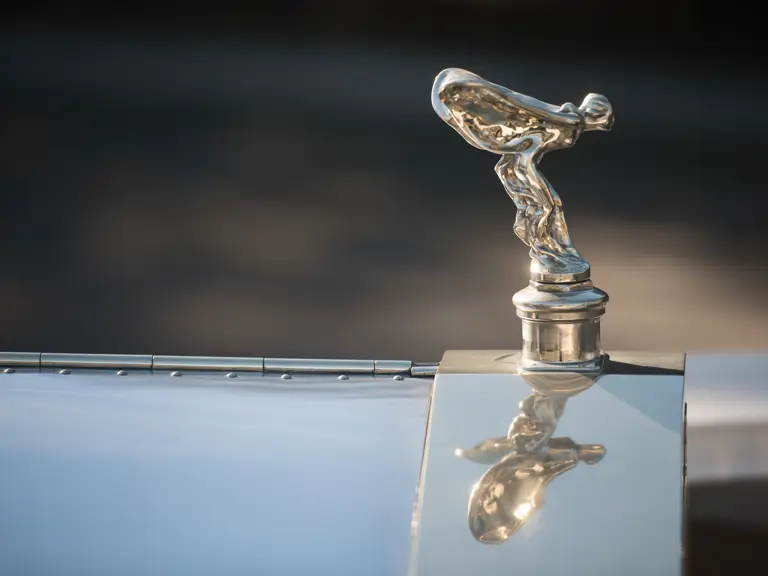
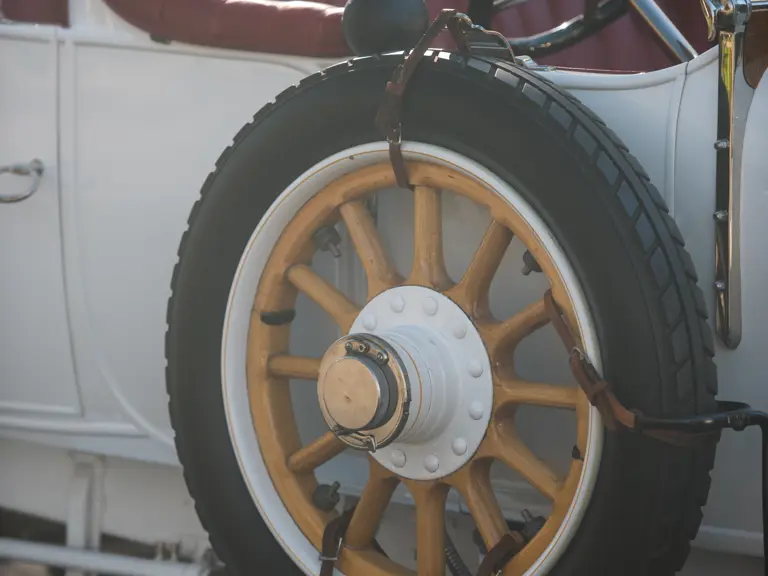
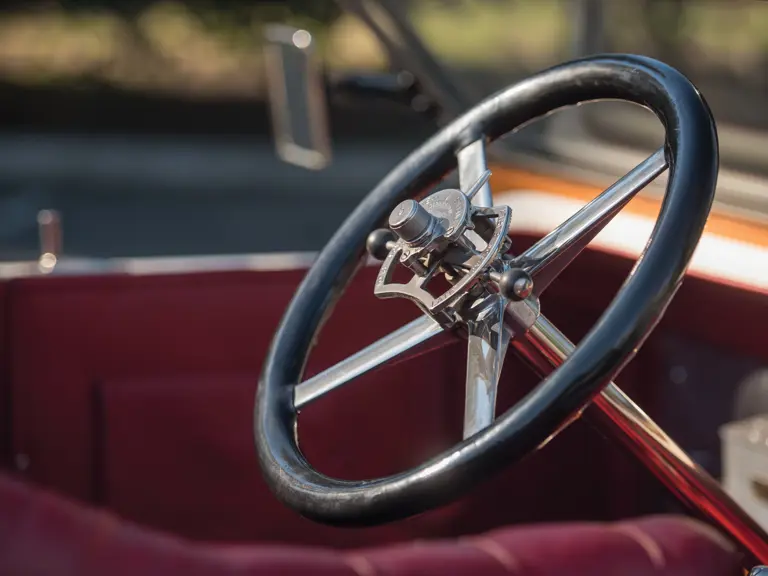

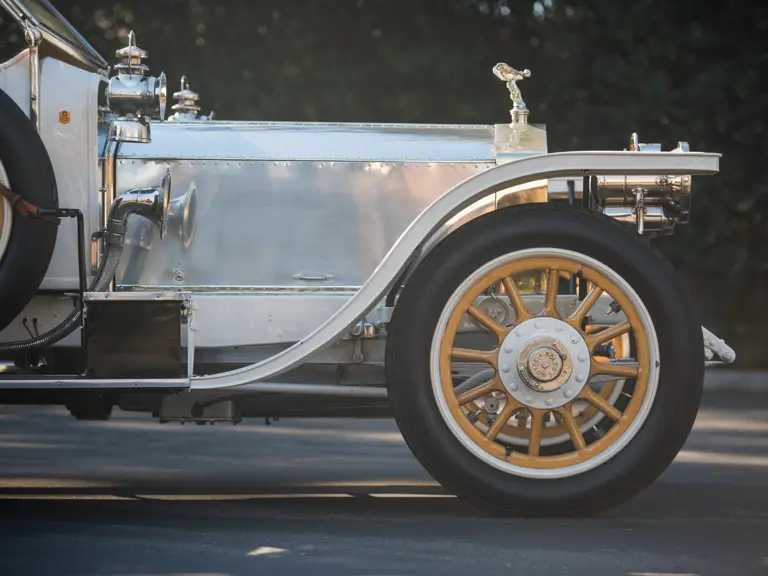
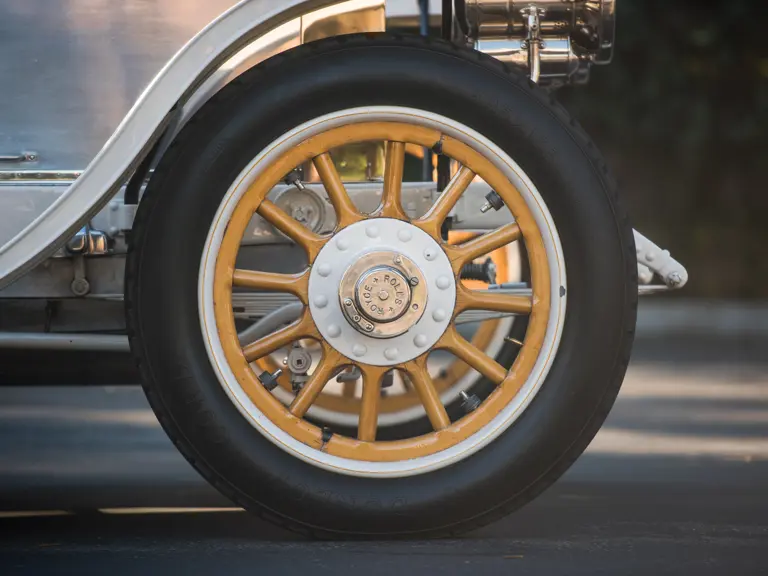
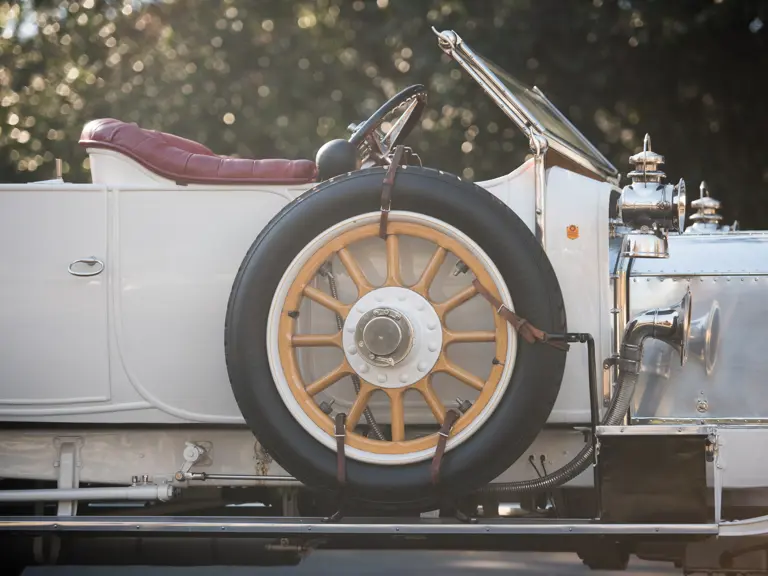

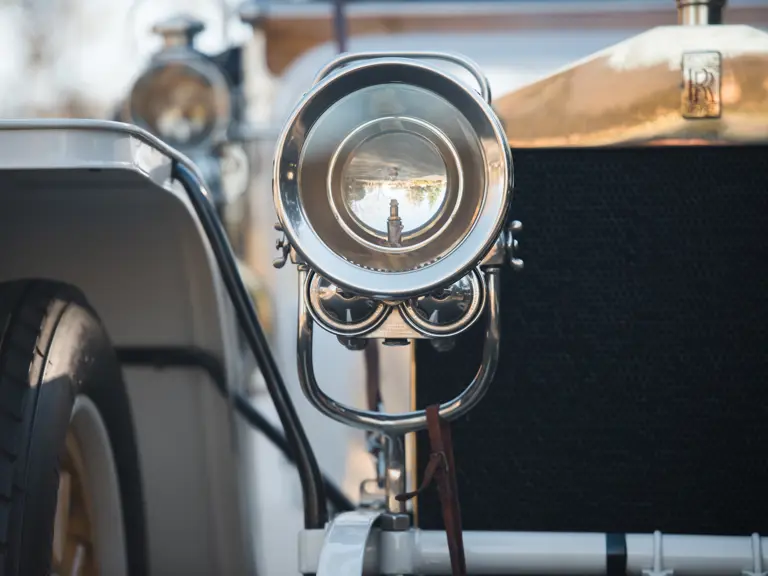
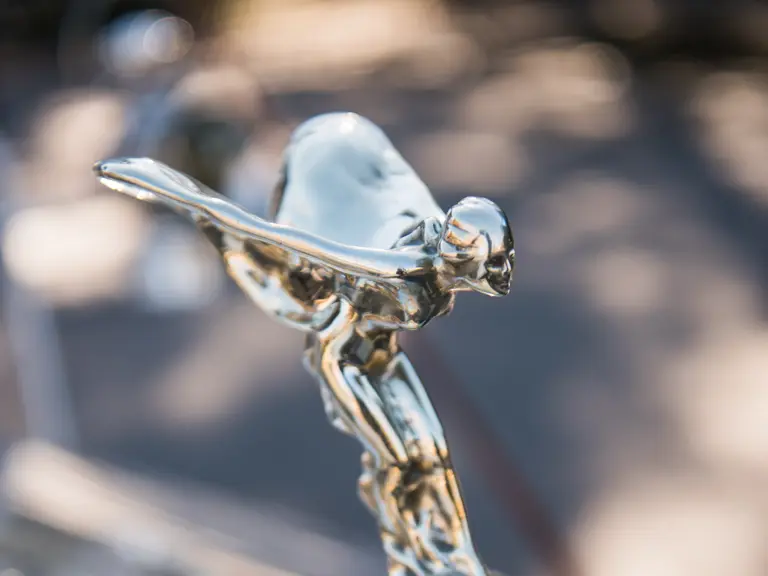
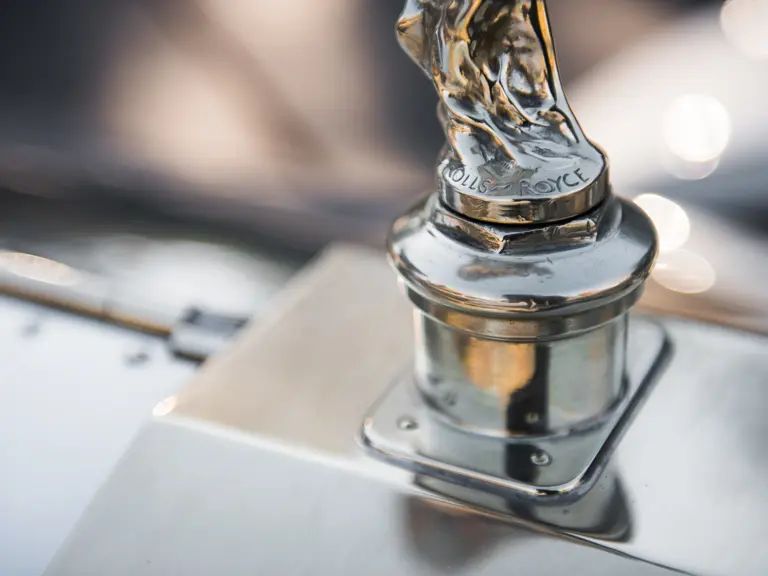
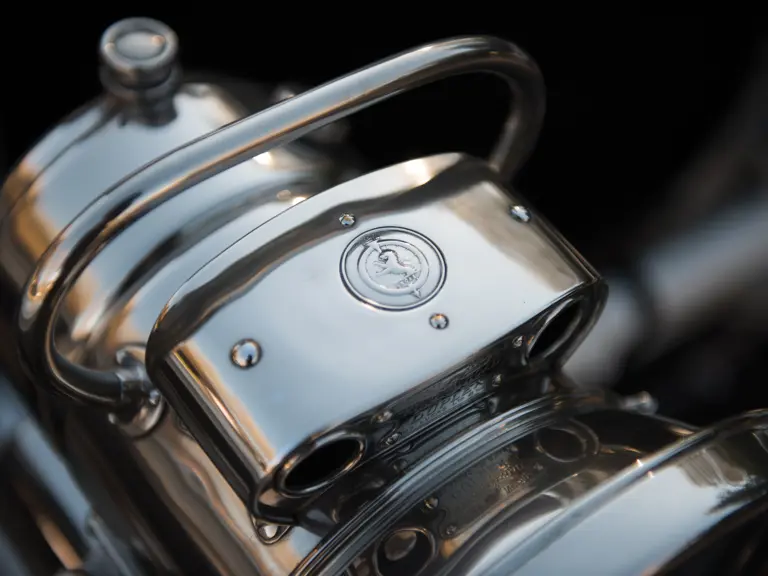
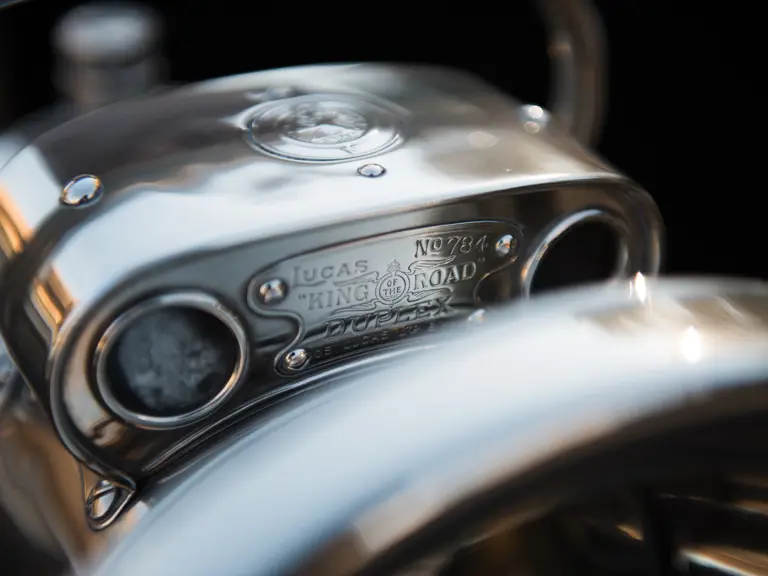
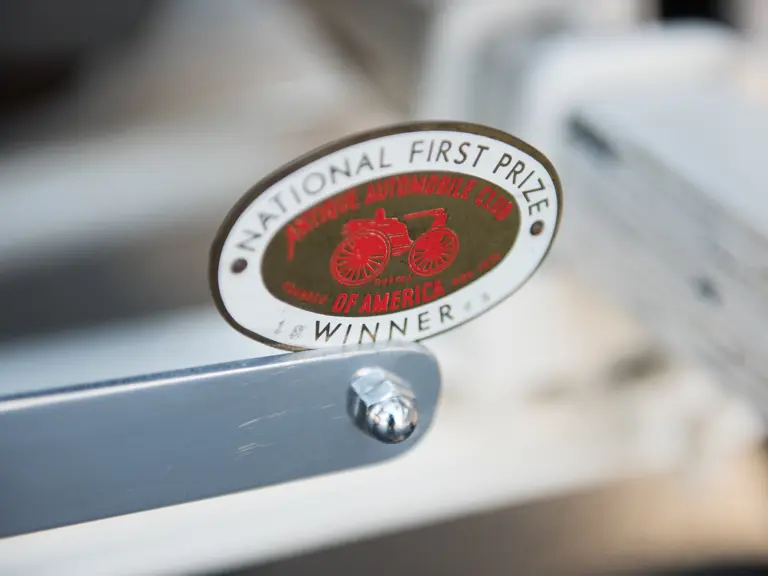
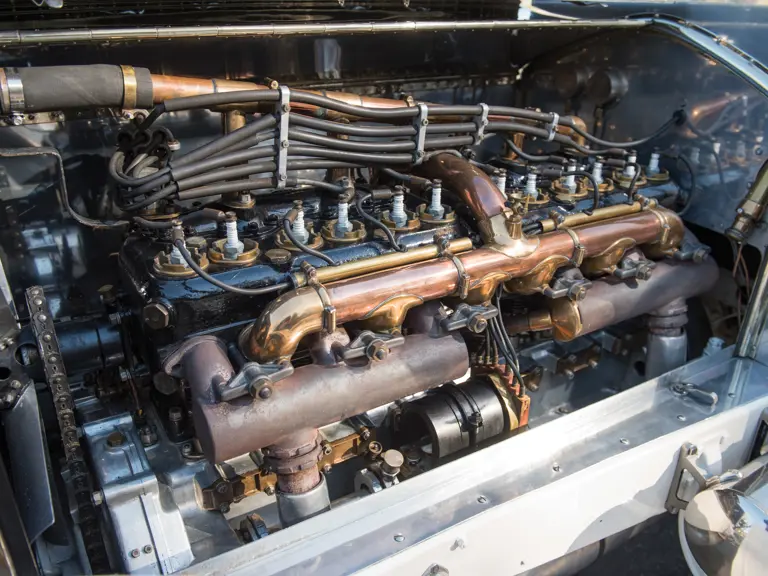
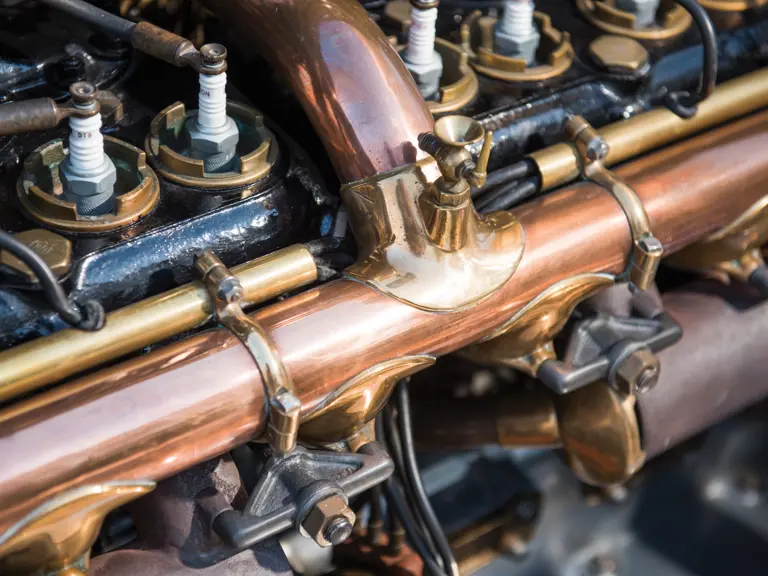
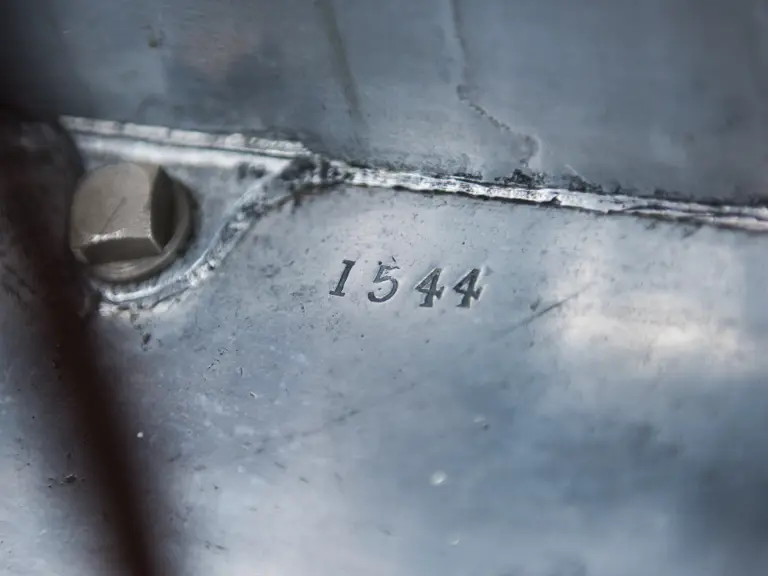
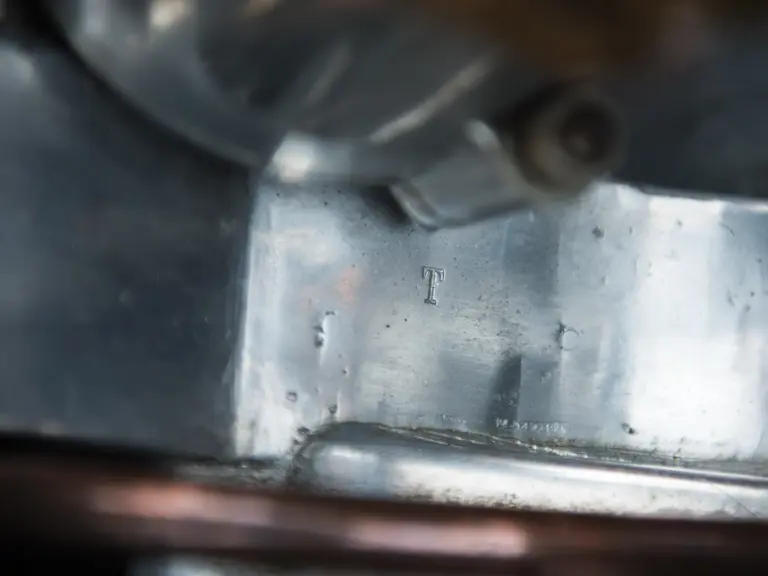
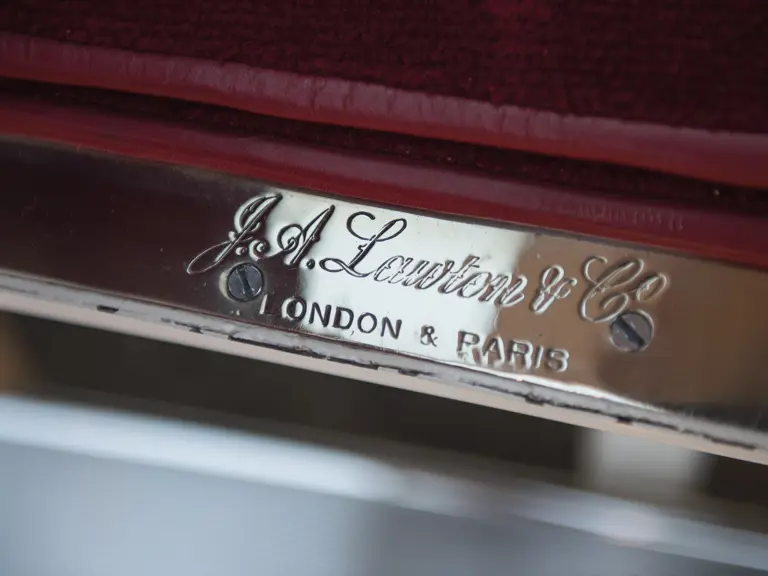


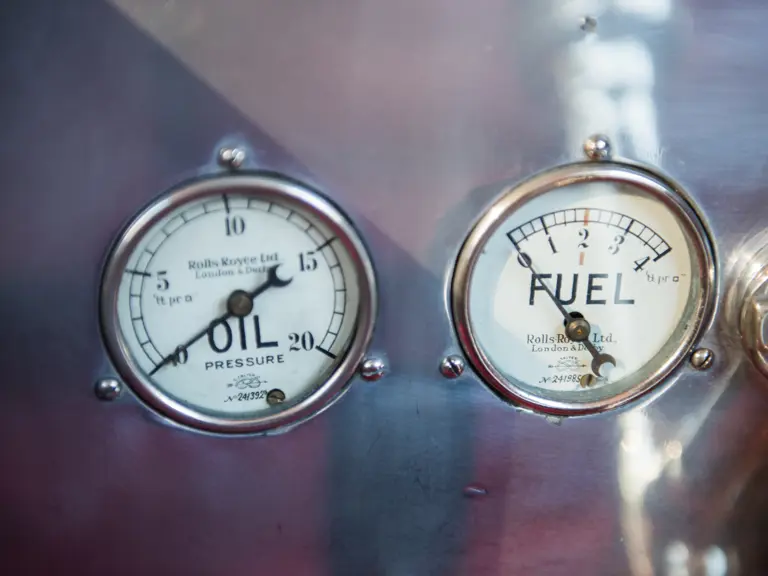
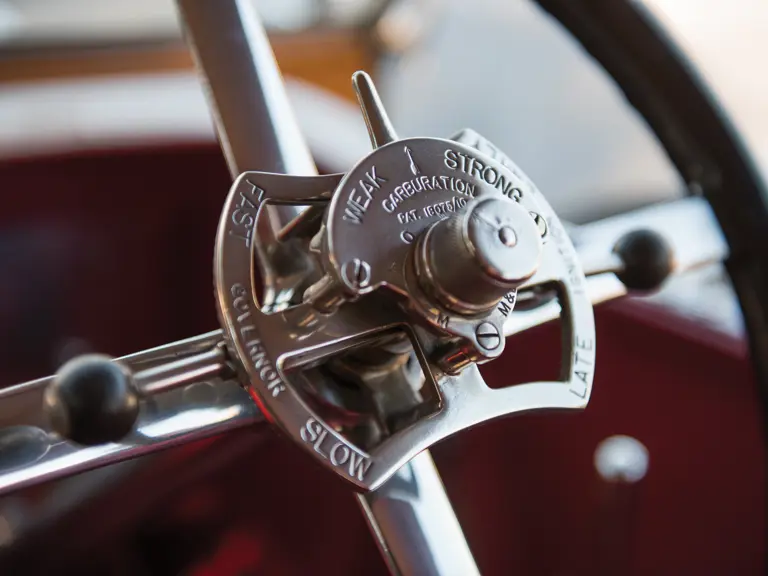
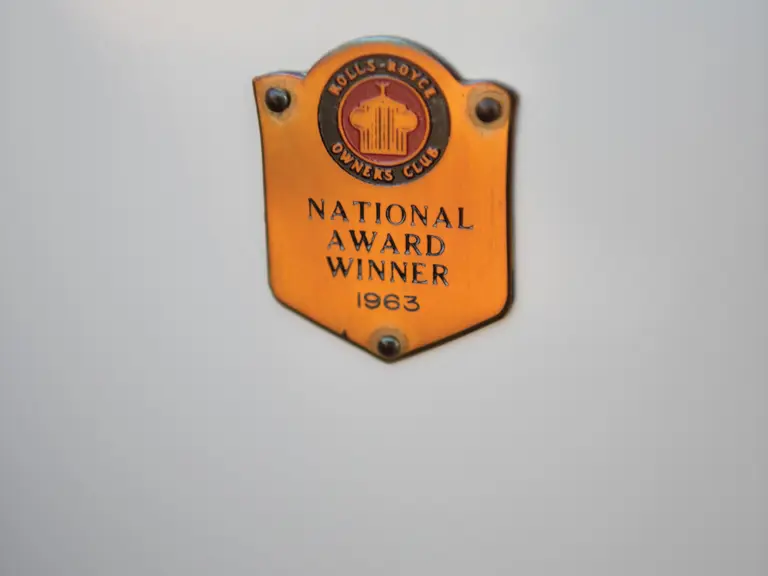

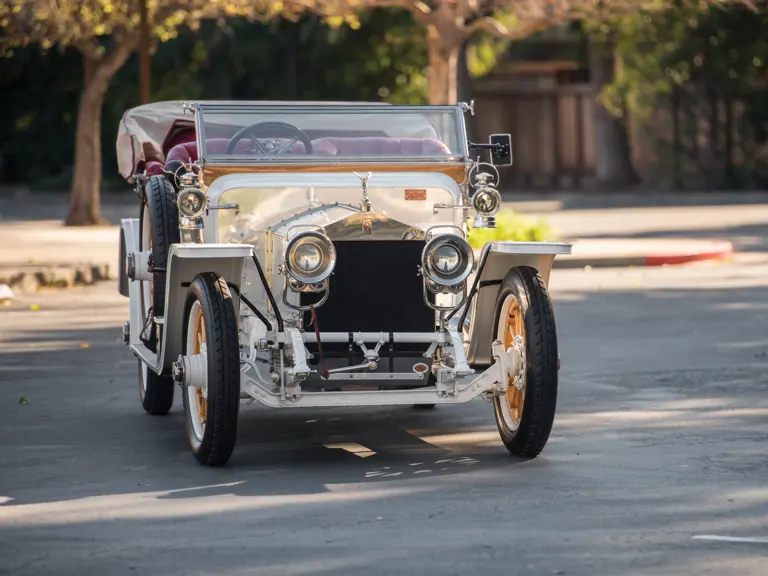

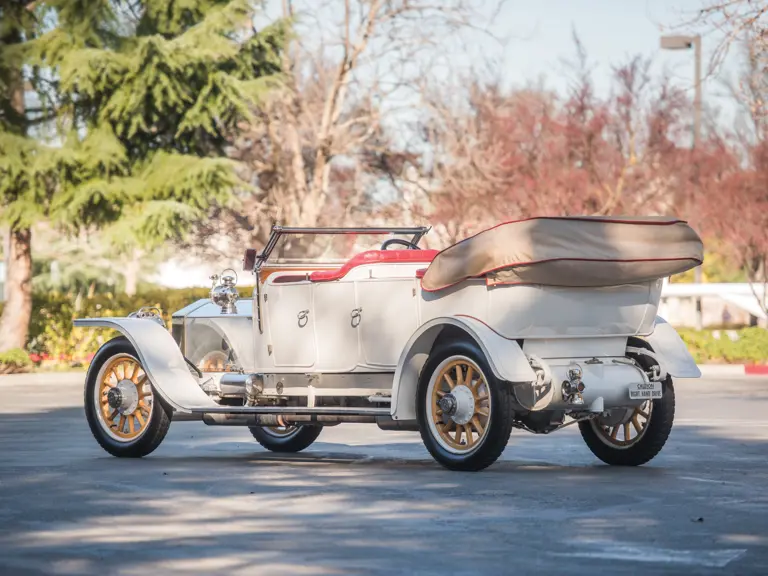
 | Amelia Island, Florida
| Amelia Island, Florida
